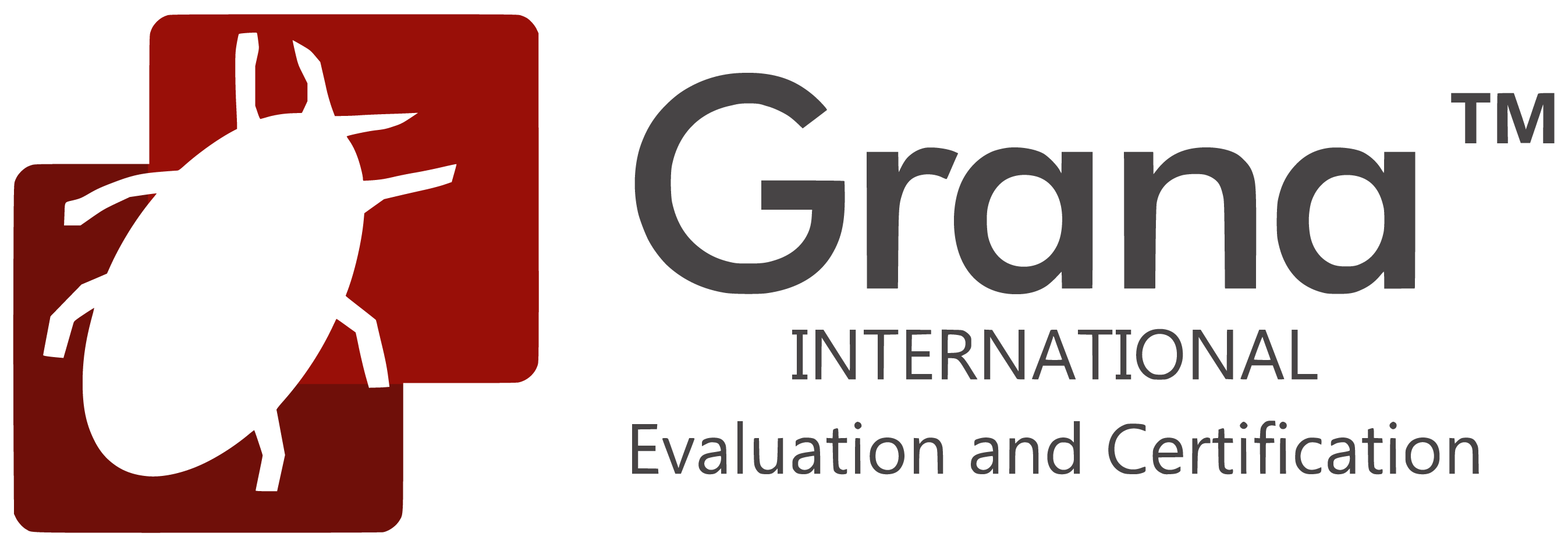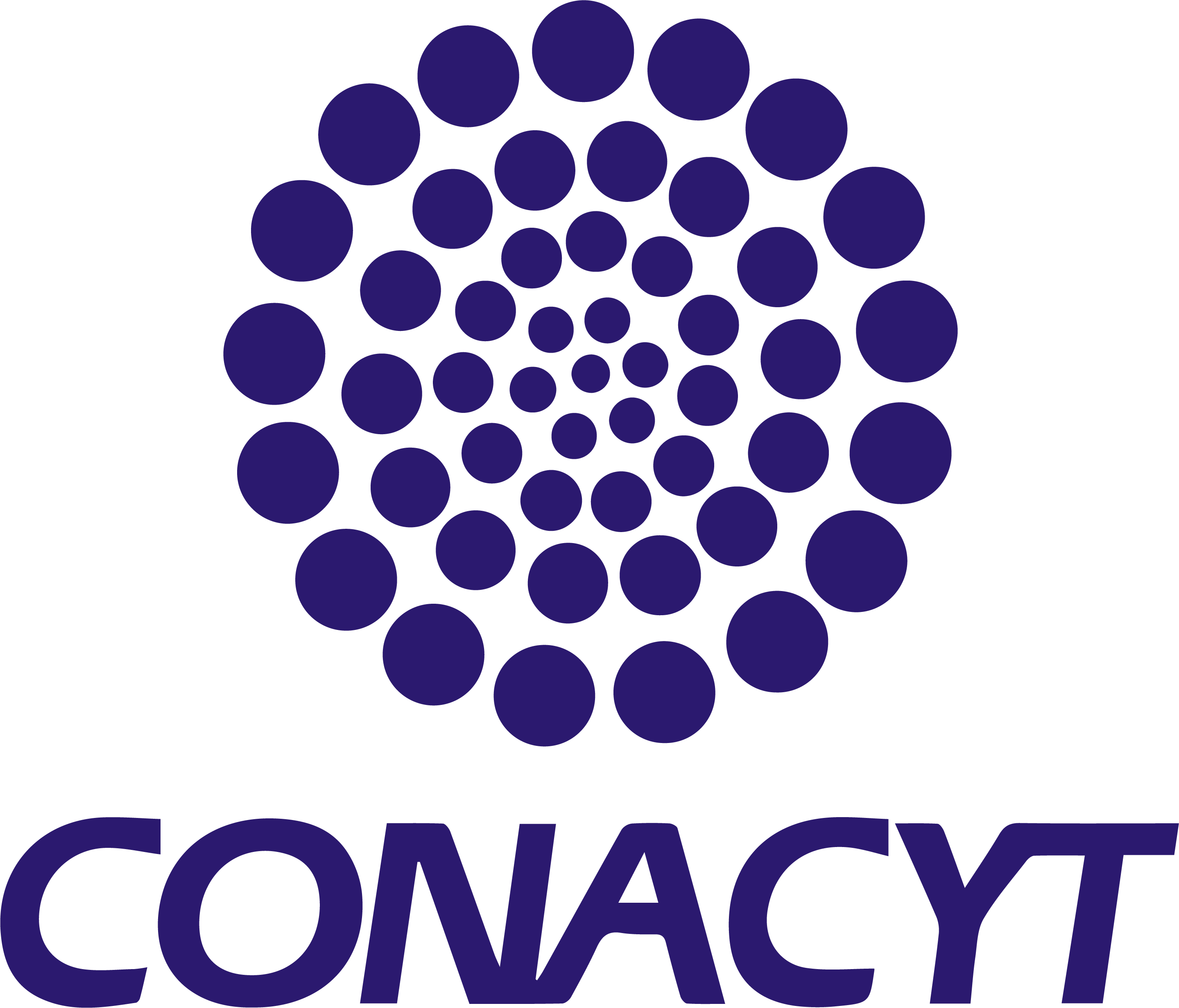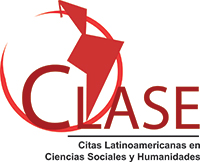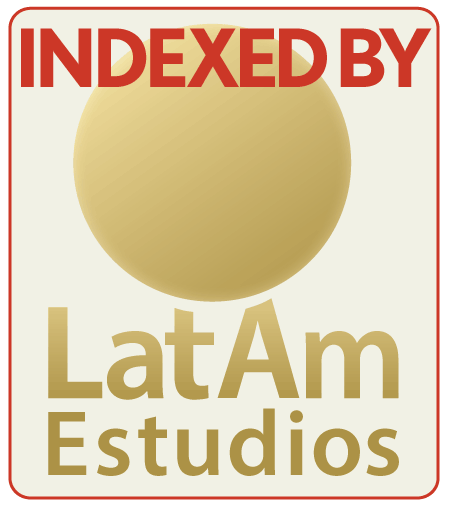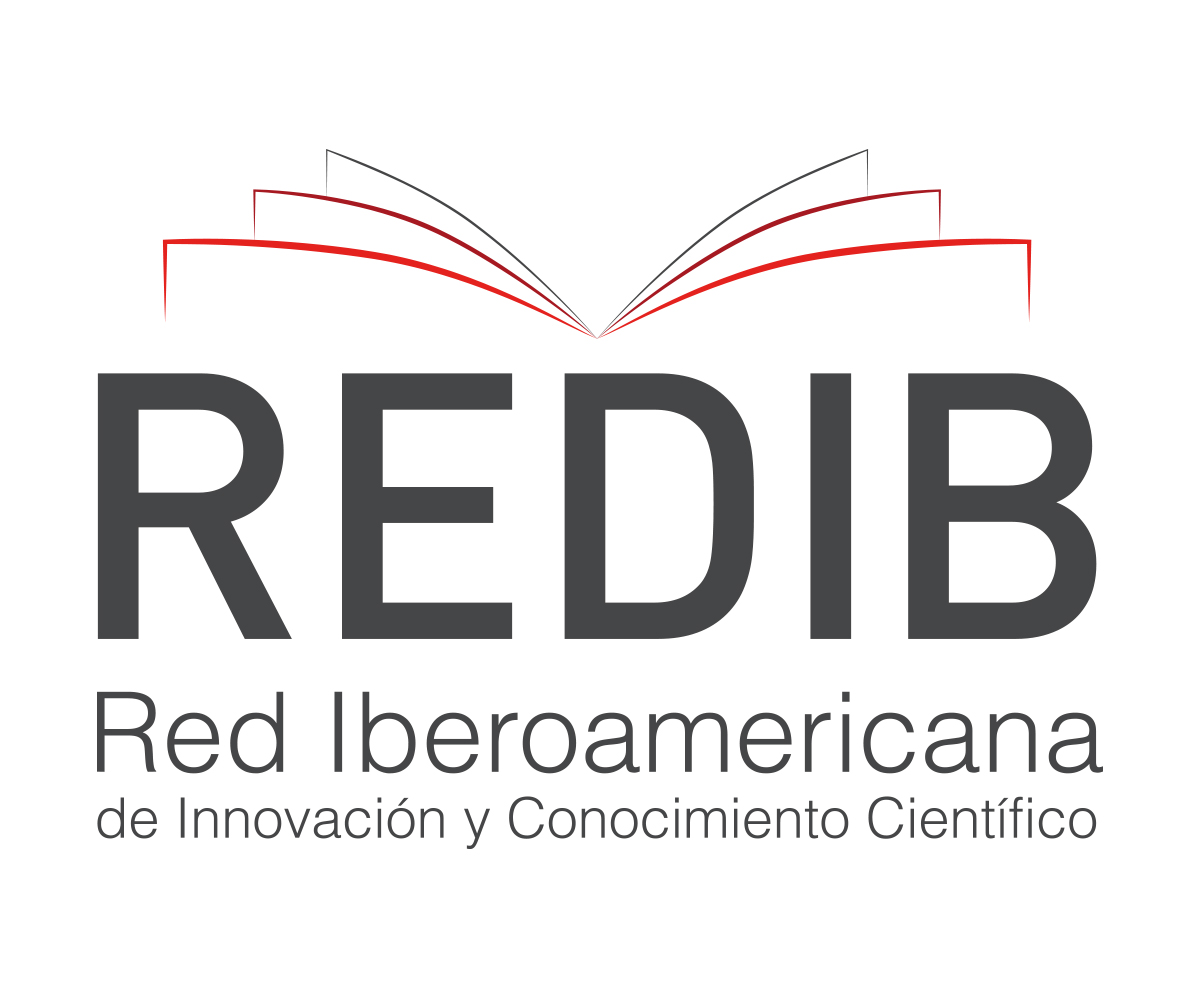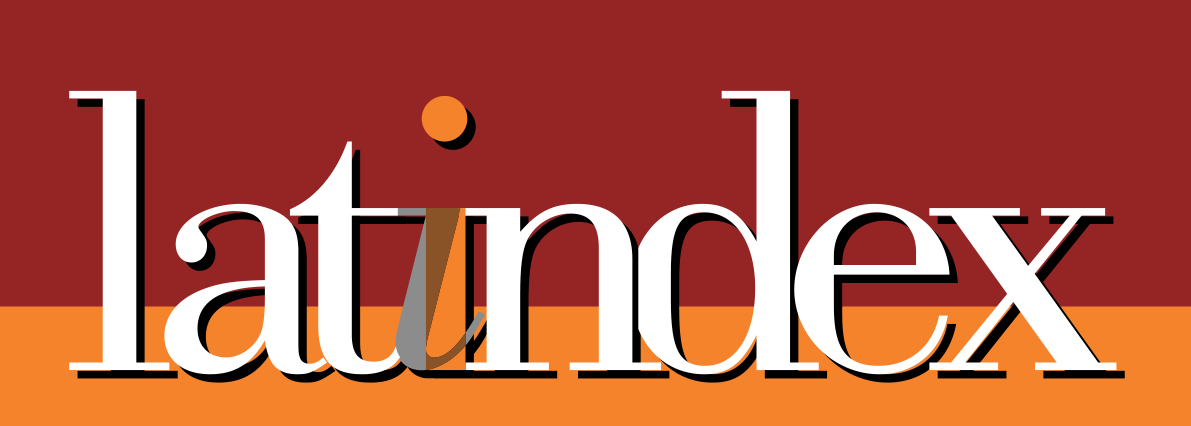Indicators of Differentiated Sustainable Human Development in the municipalities that make up the Tulancingo Valley
Abstract
This work aims to identify the existing differences in the indicators of human development, poverty and marginalization, their dynamic interrelation and their probable relationship with the municipal functional capacities with which sustainable development and equal opportunities are operated in the municipalities that make up the Tulancingo Valley region. The study focuses on presenting the indicators that differentiate the progress made by each municipality on the indicated topics. For this purpose, theoretical references and reports on the sustainable development of the municipalities of the state of Hidalgo have been consulted. Methodologically, it is located within longitudinal mixed research of exploratory scope, using a causal comparative study technique and documentary analysis. Findings identify existing gaps between the different political demarcations considered and recognize the differentiated effects. Finally, an interrelationship is observed between human development, poverty and marginalization and a proposal is proposed that seeks that the actions to be developed in the municipalities focus on strengthening the areas of opportunity detected in Municipal Functional Capacities Index. The Municipal Functional Capacities Index, defined as a tool to measure the operability of municipalities in sustainable development, plays a key role in identifying areas of opportunity.
Downloads
References
Arechavala, N. S. (2008). Aproximación a la medición de la calidad de vida social e individual en la Europa Comunitaria. [Tesis de doctorado, Universidad de Valladolid, España]. Dialnet, 1. https://dialnet.unirioja.es/servlet/tesis?codigo=295157
Bush, V. P. y Tuirán, R. (2001). Índices de desarrollo humano, 2000. México: CONAPO
Consejo Nacional de Población [Conapo]. (2011). Concepto y dimensiones de la marginación. En Índice absoluto de marginación 2000-2010. México: Secretaría de Gobernación http://www.conapo.gob.mx/work/models/CONAPO/Resource/1755/1/images/01Capitulo.pdf
Consejo Nacional de Población [Conapo]. (s. f.). Índices de marginación 2020. México: Secretaría de Gobernación https://www.gob.mx/conapo/documentos/indices-de-marginacion-2020-284372
Consejo Nacional de Evaluación de la Política de Desarrollo Social [Coneval]. (2018). Evaluación Estratégica de Protección Social en México. (2a ed.). México: CONEVAL https://www.coneval.org.mx/InformesPublicaciones/Documents/Evaluacion-Estrategica-Proteccion-Social-segunda-edicion.pdf
Consejo Nacional de Evaluación de la Política de Desarrollo Social [Coneval]. (2019). Metodología para la medición multidimensional de la pobreza en México (3a ed.). México: CONEVAL. https://www.coneval.org.mx/Medicion/MP/Paginas/Metodologia.aspx
Consejo Nacional de Evaluación de la Política de Desarrollo Social [Coneval]. (s. f.). Pobreza a nivel municipio 2010-2020. Recuperado el 8 de julio de 2024 de https://www.coneval.org.mx/Medicion/Paginas/Pobreza-municipio-2010-2020.aspx
Consejo Nacional de Evaluación de la Política de Desarrollo Social [Coneval] (s.f.). MEDICIÓN DE LA POBREZA: Preguntas Frecuentes. Consejo Nacional de Evaluación de la Política de Desarrollo Social. Recuperado 8 de julio de 2024, de https://www.coneval.org.mx/Medicion/Paginas/Preguntas-frecuentes.aspx
De la Vega Estrada, S., Vázquez, Y. T. y Ramírez, J. L. (2012). Índice de marginación por localidad 2010. México: Consejo Nacional de Población.
Decreto Gubernamental s. n. de 2023 [Poder Ejecutivo del Gobierno del Estado de Hidalgo]. (2023). Por el que se determina la Regionalización del Estado Libre y Soberano de Hidalgo. 4 de abril de 2023. https://periodico.hidalgo.gob.mx/?tribe_events=Periodico-Oficial-Alcance-1-del-04-de-abril-de-2023
Durán, S., Parra, M. y Márceles, V. (s. f.). Potenciación de habilidades para el desarrollo de emprendedores exitosos en el contexto universitario. Redicuc, 31(77), 200-215. https://repositorio.cuc.edu.co/handle/11323/3251
Echave, M. (2020) La Agenda 2030 y el desarrollo municipal sostenible. Guía para la elaboración de Planes Municipales de Desarrollo con el enfoque de la Agenda 2030. OPR e INAFED. https://www.gob.mx/agenda2030/documentos/guia-para-la-elaboracion-de-planes-municipales-de-desarrollo-con-el-enfoque-de-la-agenda-2030
Gobierno Municipal de Acatlán, Hidalgo (2021) Plan de Desarrollo Municipal 2020 – 2024. México: Gobierno Municipal. Recuperado el 9 de enero de 2024 de https://www.acatlanhidalgo.gob.mx/
Gobierno Municipal de Acaxochitlán, Hidalgo (2021) Plan de Desarrollo Municipal 2020 – 2024. México: Gobierno Municipal. Recuperado el 9 de enero de 2024 de https://acaxochitlanhgo.gob.mx/plan-de-desarrollo-municipal/
Gobierno Municipal de Cuautepec de Hinojosa, Hidalgo (2021) Plan de Desarrollo Municipal 2020 – 2024. México: Gobierno Municipal. Recuperado el 9 de enero de 2024 de https://cuautepechidalgo.gob.mx/wp-content/uploads/2024/07/Plan-Municipal-de-Desarrollo-de-Cuautepec-de-
Hinojosa.pdf&ved=2ahUKEwiVg9HbromIAxUFKEQIHQFhNtEQFnoECBYQAQ&usg=AOvVaw1tgmv9k0F-GgGJUu58KKX5
Gobierno Municipal de Metepec, Hidalgo (2021) Plan de Desarrollo Municipal 2020 – 2024. México: Gobierno Municipal. Recuperado el 9 de enero de 2024 de https://metepechidalgo.gob.mx/ayuntamiento/normatividad
Gobierno Municipal de Singuilucan, Hidalgo (2021) Plan de Desarrollo Municipal 2020 – 2024. México: Gobierno Municipal. Recuperado el 9 de enero de 2024 de https://singuilucan.gob.mx/transparencia/
Gobierno Municipal de Santiago Tulantepec de Lugo Guerrero, Hidalgo (2021) Actualización del Plan de Desarrollo Municipal 2020 – 2024. México: Gobierno Municipal. Recuperado el
9 de enero de 2024 de PMD SANTIAGO TULANTEPEC ACTUALIZACION.pdf
Gobierno Municipal de Tulancingo de Bravo, Hidalgo (2021) Plan de Desarrollo Municipal 2020 – 2024. México: Gobierno Municipal. Recuperado el 9 de enero de 2024 de https://planmunicipaldedesarrollo.tulancingo.gob.mx/
Huerta, R. y Vanegas, M. (2020). Metodología para la construcción del Índice de Capacidades Institucionales Municipales (ICIM). Sobre México Temas De Economía, 1(2), 101–133. https://sobremexico-revista.ibero.mx/index.php/Revista_Sobre_Mexico/article/view/80
Instituto Nacional de Estadística y Geografía [Inegi]. (s. f.). Cuéntame…. Información por entidad. México: INEGI https://cuentame.inegi.org.mx/monografias/informacion/hgo/territorio/div_municipal.aspx?tema=me&e=13
Noyola, A. (2016) “Modelo de Gestión Turística para Tulancingo de Bravo, Estado de Hidalgo” [tesis de maestría, Instituto Politécnico Nacional]. México: ResearchGate. https://www.researchgate.net/publication/355854370_Modelo_de_Gestion_Turistica_para_Tulancingo_de_Bravo_Estado_de_Hidalgo
Programa de la Naciones Unidad para el Desarrollo México [Pnud - m] (2022). INFORME DE DESARROLLO HUMANO MUNICIPAL 2010-2020: Una década de transformaciones locales en México. México: PNUD México. Recuperado 26 de junio de 2024, de https://www.undp.org/es/mexico/publicaciones/informe-de-desarrollo-humano-municipal-2010-2020-una-decada-de-transformaciones-locales-en-mexico-0
Secretaria de Medio Ambiente y Recursos Naturales – Hidalgo. [Semarnat – h](2016). Programa de Gestión para Mejorar la Calidad del Aire del Estado de Hidalgo. PROAIRE 2016 – 2024. Hidalgo, México: Gobierno del Estado de Hidalgo. Recuperado 4 de julio de 2024, ProAire_Hidalgo-2016-2024.pdf
Universidad Autónoma del Estado de Hidalgo y Congreso del Estado Libre y Soberano de Hidalgo. [Uaeh y Celsh]. (2021). Procesos de integración de las zonas metropolitanas a la Megalópolis de México (1.a ed.). Hidalgo, México: UAEH y CELSH. https://conahcyt.mx/wp-content/uploads/pronaces/energia_cambio_climatico/LIBRO_01_ABR2021_IntegracionZMalaMegalopolis.pdf

This work is licensed under a Creative Commons Attribution 4.0 International License.
In order to promote the development and dissemination of research in education in Latin America, the Ibero-American Journal for Educational Research and Development (RIDE) adhered to the Budapest Open Access Initiative, which is why it is identified as a Open access publication. This means that any user can read the complete text of the articles, print them, download them, copy them, link them, distribute them and use the contents for other purposes. Creative Cummons licenses allow users to specify the rights to use an open access journal available on the Internet in such a way that users know the rules of publication. Authors who publish in this journal accept the following conditions: Authors they keep the author's rights and give the magazine the right of the first publication, with the work registered with the attribution license of Creative Commons, which allows third parties to use the published material whenever they mention the authorship of the work and the first publication in this The authors can make other independent and additional contractual agreements for the non-exclusive distribution of the version of the article published in this journal (eg, include it in an institutional repository or publish it in a book) as long as they clearly indicate that The work was published for the first time in this magazine. Authors are allowed and recommended to publish their work. low on the Internet (for example on institutional or personal pages) before and during the review and publication process, as it can lead to productive exchanges and to a greater and faster dissemination of the published work



